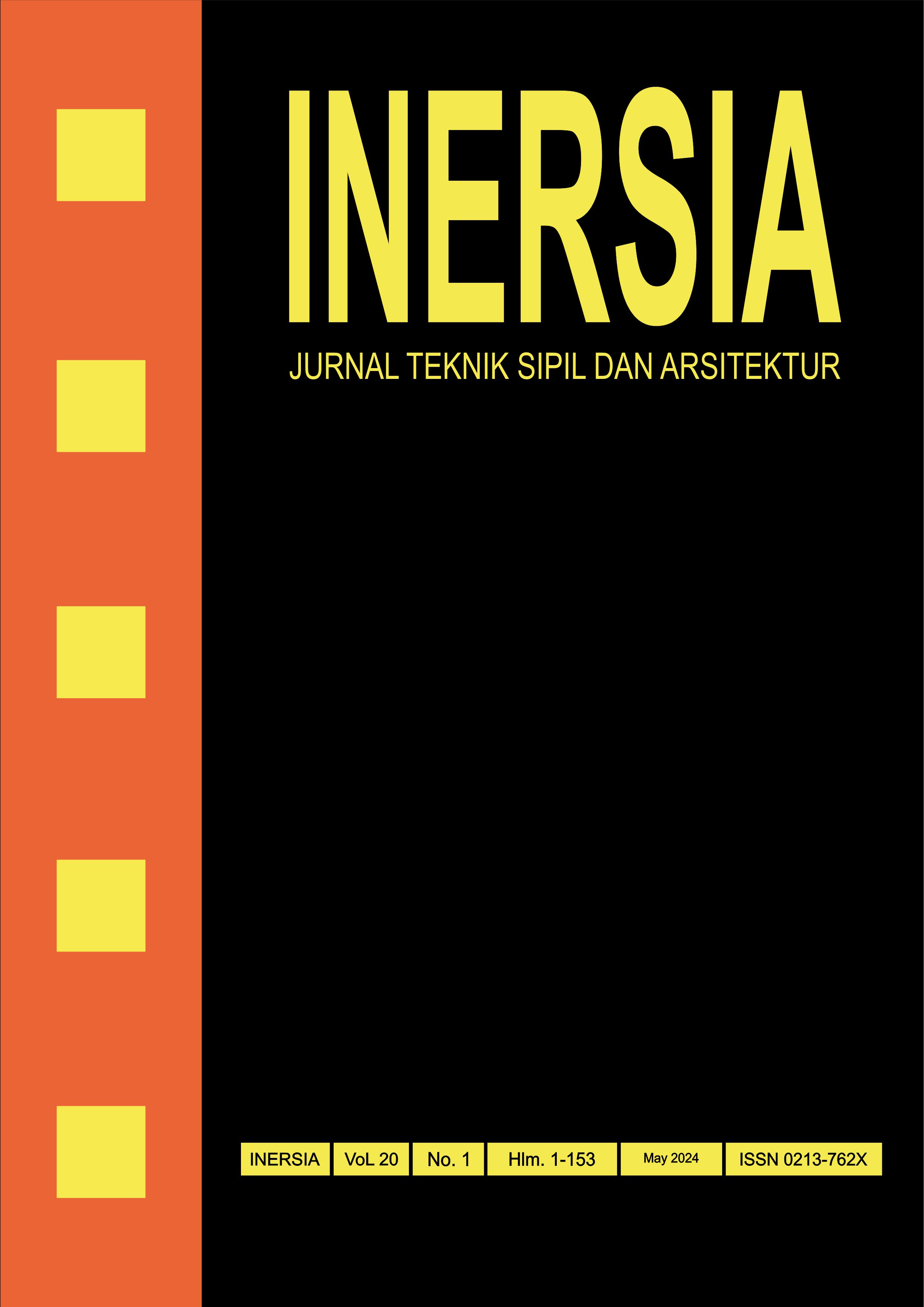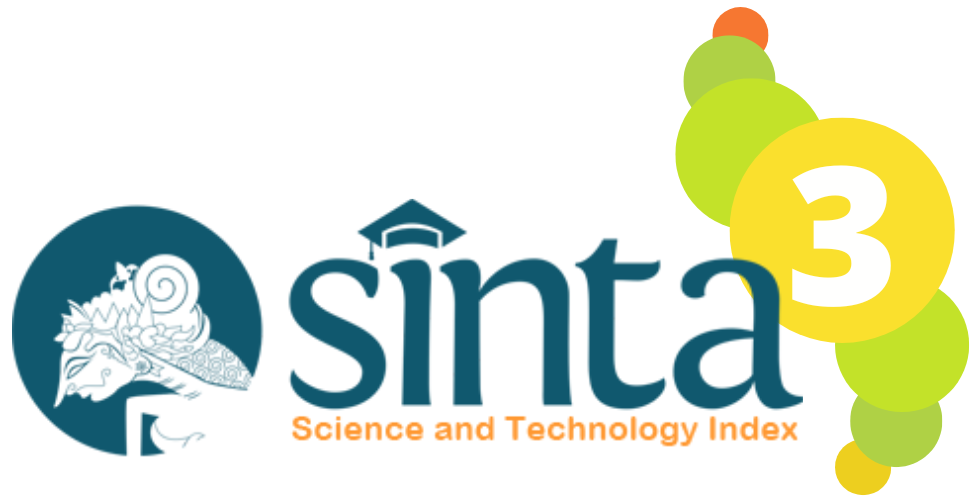Transmission Pipeline Planning from Kregan Water Treatment Plant to Watu Gadjah Tank by PERUMDA PDAM Sleman Using EPANET 2.2
DOI:
https://doi.org/10.21831/inersia.v20i1.71953Keywords:
Clean Water Transmission, Epanet, Pipe Network PlanningAbstract
Clean water is vital as it directly impacts health and influences various aspects of life, including social, economic, and cultural activities. To address the clean water supply requirements in the area, PERUMDA PDAM Sleman, Yogyakarta, is currently planning for a transmission network linking the Kregan WTP to the Watu Gadjah Tank. The pipeline planning is carried out to ensure efficient and optimal network performance. The pipeline planning use both primary and secondary data. The primary data was obtained from surveys, while the secondary data was obtained though previous research and planning, regulation, and from the other sources. The pipeline network analysis carried out using EPANET 2.2. software. EPTANET was selected because of its cost-effectiveness and robust capabilities in modeling drinking water networks, with the advantage of being re-programmable. The results of the analysis are then adjusted to the planning standards that applicable in Indonesia. Risk analysis was carried out based on experience and expert opinion. The results of the planning showed that the maximum pressure on the transmission network was 84.21m on Pendowo Road. The velocity between 1.03 m/s and 1.63 m/ss with the highest headloss was 10.33 m/km. Based on the results of the planning, the entire parameter meets the standard of the applicable planning criteria. The results of the analysis indicate that the technical specifications of the pipe used must be able to withstand a pressure of 92,63m. There was a potential risk that network performance may be disrupted both in terms of network performance, implementation of development, and operational stages. The re-examination and the development of operational standard procedures is needed to ensure that planning has been in line with the expectations, can be implemented, and can be operated efficiently.
References
M. Khalifa and Satesh Bidaisee, "The Importance of Clean Water," Med. Off., vol. 80, no. 16, p. 176, 2018, doi: 10.2671/BJSTR.2018.08.001719.
Z. Kılıí§, "The importance of water and conscious use of water," Int. J. Hydrol., vol. 4, no. 5, pp. 239–241, 2020, doi: 10.15406/ijh.2020.04.00250.
S. M. Marques et al., "Evaluation of hydraulic behavior of water distribution network varying reservoirs levels, roughness, and diameters with the use of R and EPANET ARTICLES," Ambient. ígua - An Interdiscip. J. Appl. Sci. ISSN, vol. 18, no. 3, pp. 445–458, 2022, doi: 10.4136/1980-993X.
R. Jamil, H. A. Aziz, and M. F. Murshed, "Validation of Chlorine Decay Equation for Water Quality Analysis in Distribution Networks " ," Eng. Proc., vol. 44, no. 1, pp. 1–5, 2023, doi: 10.3390/engproc2023044011.
U. Sangroula, K. H. Han, K. M. Koo, K. Gnawali, and K. T. Yum, "Optimization of Water Distribution Networks Using Genetic Algorithm Based SOP–WDN Program," Water (Switzerland), vol. 14, no. 6, pp. 1–24, 2022, doi: 10.3390/w14060851.
M. Dadras, F. Masoumi, S. Masoumzadeh, S. Najjar-Ghabe, M. R. Nikoo, and S. Yazdani, "Evaluating the impact of leakage in intermittent water supply networks considering justice index: A case study," Aqua Water Infrastructure, Ecosyst. Soc., vol. 72, no. 10, pp. 1894–1905, 2023, doi: 10.2166/aqua.2023.140.
S. Liu, M. Lv, and H. Li, "Intelligent Leakage Location of Urban Small Water Supply Network," J. Phys. Conf. Ser., vol. 2185, no. 1, 2022, doi: 10.1088/1742-6596/2185/1/012041.
B. F. Alemaw and T. E. Jankie, "Optimization of urban water pipe network design using fast-messy genetic algorithms (fmGA)," H2Open J., vol. 6, no. 3, pp. 343–360, 2023, doi: 10.2166/h2oj.2023.029.
S. Piazza, M. Sambito, and G. Freni, "A Novel EPANET Integration for the Diffusive–Dispersive Transport of Contaminants," Water (Switzerland), vol. 14, no. 17, 2022, doi: 10.3390/w14172707.
Y. Wang, M. Lou, W. Dong, and Y. Wang, "Predicting failure pressure of reinforced thermoplastic pipes based on theoretical analysis and experiment," Compos. Struct., vol. 270, no. February, p. 114039, 2021, doi: 10.1016/j.compstruct.2021.114039.
F. Wang, P. Zhang, Z. Sun, Q. Zhang, and J. Liu, "Analysis the influence of modulated amplitude on common mode error based on GPS data," Int. Arch. Photogramm. Remote Sens. Spat. Inf. Sci. - ISPRS Arch., vol. 43, no. B4-2021, pp. 153–158, 2021, doi: 10.5194/isprs-archives-XLIII-B4-2021-153-2021.
G. Anisha, A. Kumar, J. Kumar, and P. Raju, "Analysis and Design of Water Distribution Network Using EPANET for Chirala Municipality in Prakasam District of Andhra Pradesh," Int. J. Eng. Appl. Sci., vol. 3, no. 4, p. 257682, 2016.
L. A. Rossman, Epanet 2 Users Manual Versi Bhs Indonesia, no. September. 2000.
A. L. Prasuhn, Fundamentals of Hydraulic Engineering. 1992.
Peraturan Menteri Pekerjaan Umum, "Penyelenggaraan Pengembangan Sistem Penyediaan Air Minum," 2007, [Online]. Available: ciptakarya.pu.go.id/dok/hukum/permen/permen_18_2007.pdf.
P. Jain and R. Khare, "Optimum location for energy recovery and leakage reduction in water distribution networks," J. Water Clim. Chang., vol. 14, no. 3, pp. 962–976, 2023, doi: 10.2166/wcc.2023.497.
G. Kabir, S. Tesfamariam, A. Francisque, and R. Sadiq, "Evaluating risk of water mains failure using a Bayesian belief network model," Eur. J. Oper. Res., vol. 240, no. 1, pp. 220–234, 2015, doi: 10.1016/j.ejor.2014.06.033.
R. A. Francis, S. D. Guikema, and L. Henneman, "Bayesian Belief Networks for predicting drinking water distribution system pipe breaks," Reliab. Eng. Syst. Saf., vol. 130, pp. 1–11, 2014, doi: 10.1016/j.ress.2014.04.024.
Downloads
Published
How to Cite
Issue
Section
License
Authors who publish with INERSIA journal agree to the following terms:
- Authors retain copyright and grant the INERSIA journal right of first publication with the work simultaneously licensed under Creative Commons Attribution License (CC BY 4.0) that allows others to share the work with an acknowledgment of the work's authorship and initial publication in this journal.
- Authors can enter into separate, additional contractual arrangements for the non-exclusive distribution of the published version of the work (e.g., post it to an institutional repository or edit it in a book), with an acknowledgment of its initial publication in this journal.
- Authors are permitted and encouraged to post their work online (e.g., in institutional repositories or on their website) before and during the submission process, as it can lead to productive exchanges, as well as earlier and greater citation of published work.

INERSIA by https://journal.uny.ac.id/index.php/inersia was distributed under a Creative Commons Attribution 4.0 International License











